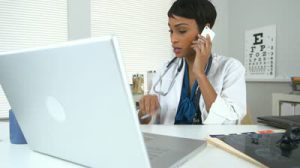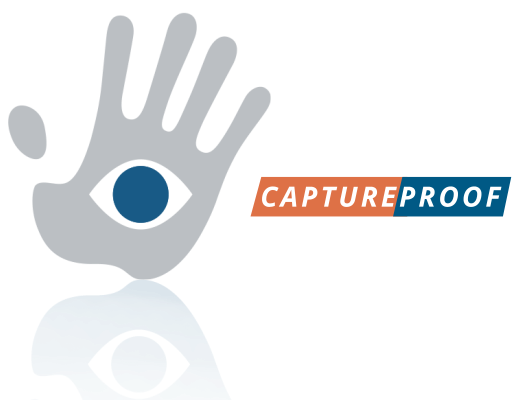In a recent article for the Wall Street Journal, Dr. Richard Boxer examines how the changes in telemedicine are impacting patient care. Despite advances in healthcare, time is still scarce for doctors, and the patient-treatment system is still strained by inefficiency. Luckily, using existing technology in new ways – think “smartphone” – could help to change that.
 The University of Rochester published a study demonstrating that nearly 30% of all pediatric emergency room visits could have been accurately diagnosed by communicating with doctors over the phone. Not only is this time saving, but it reduces the economic burden and emotional toll on patients – by being able to directly communicate to their Provider. But sometimes words aren’t enough — cue CaptureProof, which is the visual voicemail for Providers. Snap a photo or video to share with a Provider – and call them on the phone. The picture for both sides becomes a lot clearer – bringing desperately needed cost savings and efficiency to healthcare.
The University of Rochester published a study demonstrating that nearly 30% of all pediatric emergency room visits could have been accurately diagnosed by communicating with doctors over the phone. Not only is this time saving, but it reduces the economic burden and emotional toll on patients – by being able to directly communicate to their Provider. But sometimes words aren’t enough — cue CaptureProof, which is the visual voicemail for Providers. Snap a photo or video to share with a Provider – and call them on the phone. The picture for both sides becomes a lot clearer – bringing desperately needed cost savings and efficiency to healthcare.
For example, in a 2012 study, CaptureProof was used to relay a video from the patient to a pediatric neurologist. By using CaptureProof to view videos of a worrying episode/movement the patient experienced, the pediatric neurologist was able to more accurately triage patients and reduce costly pre-appointment electroencephalograms (EEG’s) by 78%
Telemedicine is also making an impact outside of pediatrics. Dr. Boxer presents data that telemedicine has the potential to reduce rates of hospitalization by half or more.
As 2025 approaches (it’ll be here before we even realize), Americans are facing a major physician shortage. Add to this fact that, training a primary care doctor takes 12 years , efficiency is becoming the most promising way to fight the provider scarcity. Telemedicine has become the best offense.
